How to Plant Bougainvillea
- April 8, 2024
- 0 comment
Bougainvillea, a vibrant and lush flowering plant, is known for its stunning display of colors and ability to thrive in warm climates. Native to South America, this ornamental vine has captured the hearts of gardeners worldwide. In this guide, we’ll walk through the steps to successfully plant and care for bougainvillea.
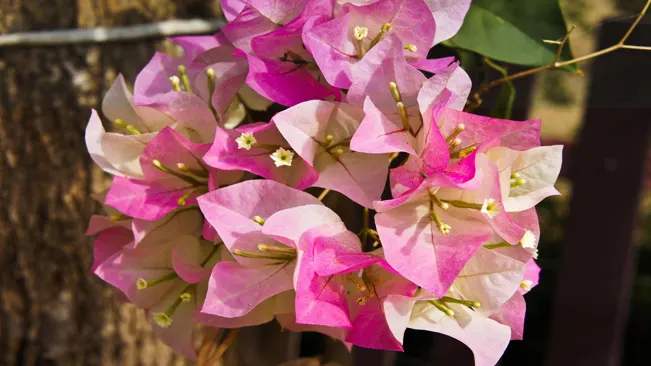
List on How To Plant Bougainvillea
- Choosing the Right Location
- Soil Preparation
- Planting Process
- Watering and Feeding
- Pruning and Training
- Pest and Disease Management
Choosing the Right Location

- Sunlight Requirements
- Bougainvillea is a sun-loving plant. It needs full sun for most of the day to produce its iconic colorful blooms. A location that receives at least six hours of direct sunlight is ideal. The intensity of the color in bougainvillea is directly correlated to the amount of sunlight it receives. Less sunlight can lead to fewer blooms and less vibrant colors.
- Protection from Wind
- While bougainvillea needs plenty of sun, it’s also important to protect it from strong, harsh winds. Windy conditions can damage the plant, cause drying out more quickly, and may lead to breakage of branches. A sheltered location, such as near a fence or a wall, can provide the necessary protection.
- Drainage
- Good drainage is crucial for bougainvillea. These plants do not like to have ‘wet feet’ and are prone to root rot in soggy soil. When planting in the ground, ensure that the location doesn’t collect standing water. If your soil is naturally heavy or clayey, consider amending it with organic material to improve drainage, or choose a raised bed or mound planting to aid water runoff.
- Pot Planting for Cooler Climates
- In areas where temperatures drop below freezing in winter, bougainvillea is best grown in pots. This allows you to move the plant indoors or to a protected area during the colder months. Ensure the pot is large enough to accommodate the root system and has drainage holes. Use a high-quality potting mix specifically designed for potted plants.
- Temperature Considerations:
- Bougainvillea prefers warmer temperatures and is generally hardy in USDA zones 9 to 11. It can tolerate brief cold snaps, but prolonged exposure to temperatures below freezing can be detrimental. In cooler climates, positioning the plant where it can receive reflected heat from a wall or pavement can be beneficial.
- Avoiding Frequent Relocation:
- Once planted, bougainvillea prefers to be left undisturbed. Frequent relocation or transplanting can stress the plant and reduce blooming. Choose a location where the plant can remain for an extended period.
Soil Preparation
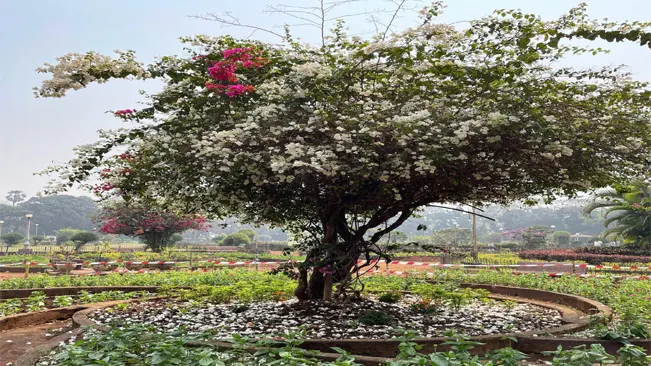
- Understanding Soil pH for Bougainvillea: Bougainvillea plants thrive best in slightly acidic soil, with a pH range between 5.5 and 6.5. The pH level affects the plant’s ability to absorb nutrients. Slightly acidic soil ensures that essential nutrients, like iron and manganese, are readily available to the plant.
- Testing and Adjusting Soil pH: Before planting, it’s advisable to test the soil’s pH. You can use a home testing kit available at garden centers. If the soil is too alkaline, you can lower the pH by adding sulfur or peat moss. If it’s too acidic, applying lime can help raise the pH. Adjusting soil pH is a gradual process, so it’s important to start well before planting.
- Ensuring Well-Drained Soil: Bougainvillea does not like to sit in waterlogged soil, as this can lead to root rot. To ensure good drainage, if your garden soil is heavy or clayey, consider amending it with organic matter such as compost, peat moss, or aged manure. These materials improve soil structure, promote drainage, and provide nutrients.
- Planting in Pots: If you’re planting bougainvillea in a pot, select a high-quality potting mix specifically designed for flowering plants. These mixes usually contain a balance of materials that provide good drainage while retaining enough moisture for root uptake. Ensure the pot has drainage holes to avoid water accumulation at the bottom.
- Use of Mulch: After planting, applying a layer of mulch around the base of the plant can be beneficial. Mulch helps retain soil moisture, keeps the roots cool, and reduces the growth of weeds. However, make sure the mulch is not touching the stem of the plant to prevent rot.
- Regular Soil Check-ups: Periodically check the soil around your bougainvillea. Over time, soil conditions can change. Regular check-ups and adjustments ensure your plant continues to grow in an optimal environment.
Planting Process
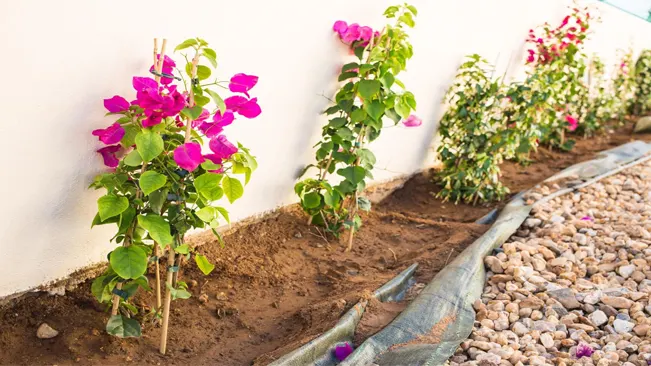
- Timing
- Importance: Planting at the right time is crucial. Spring or early summer is ideal because the warmer temperatures support root growth. This timing also reduces the stress on the plant from cold weather.
- Tips: Check local frost dates to ensure you’re past the last frost. Planting too early might expose the bougainvillea to cold damage.
- Digging the Hole
- Importance: The size of the hole is key for proper root expansion and drainage.
- Tips: Make the hole twice as wide as the root ball to give the roots plenty of room to spread out. This also helps integrate the existing soil with the new soil, which is beneficial for root growth.
- Removing from the Container
- Importance: Careful removal prevents root damage, which can stress the plant and impair growth.
- Tips: If the plant is slightly root-bound, gently tease the roots apart. If it’s heavily root-bound (roots are tightly wound), you might need to carefully cut some of the roots to encourage outward growth.
- Positioning:
- Importance: Proper positioning ensures that the plant is not planted too deep or too shallow, both of which can cause health issues.
- Tips: The top of the root ball should be level with the surrounding soil surface. This helps with proper watering and root development.
- Backfilling
- Importance: Backfilling secures the plant in place and eliminates air pockets which can dry out roots.
- Tips: Mix in some compost or a starter fertilizer with the backfill soil to provide initial nutrients. Tamp the soil gently as you fill to eliminate large air pockets.
- Watering
- Importance: Initial watering settles the soil and hydrates the roots, a critical step for the plant’s recovery from transplant shock.
- Tips: Water slowly and deeply to ensure that the water reaches the entire root zone. The goal is to moisten the soil without making it waterlogged.
Watering and Feeding
Watering Bougainvillea
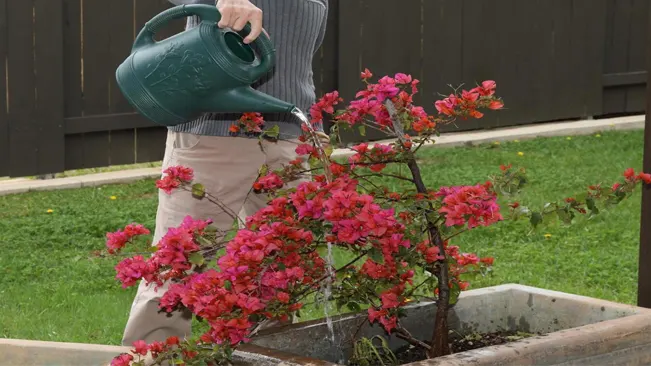
- Deep Watering: When watering, do so deeply. This means watering the plant until the water runs through the drainage holes in the pot or saturates the soil deeply in garden settings. Deep watering encourages the roots to grow deeper, making the plant more drought-resistant.
- Allowing Soil to Dry: It’s important to let the soil dry out between watering sessions. Bougainvillea’s roots need a period of dryness to ensure healthy growth. You can check the soil moisture by sticking your finger about an inch into the soil. If it’s dry at that depth, it’s time to water again.
- Signs of Overwatering and Underwatering: Overwatered bougainvillea may exhibit yellowing leaves and a lack of flower production. Underwatered plants will have wilted or drooping leaves. Adjust your watering schedule accordingly.
- Watering in Different Climates: In hotter, dryer climates, bougainvillea might need more frequent watering. In cooler or more humid areas, less frequent watering is necessary.
Feeding Bougainvillea
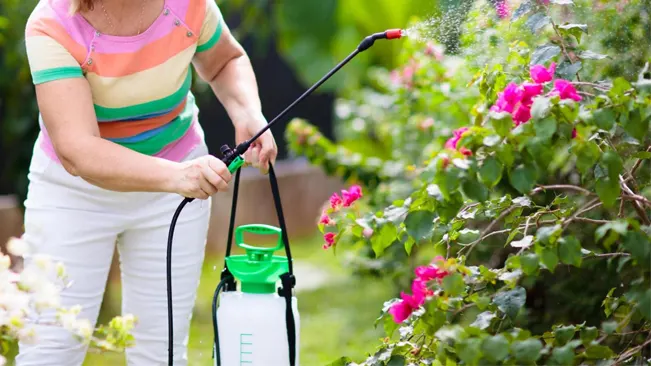
- Type of Fertilizer: Use a balanced, slow-release fertilizer. A balanced fertilizer has equal parts nitrogen, phosphorus, and potassium (e.g., 10-10-10 or 20-20-20).
- Frequency of Fertilizing: During the growing season (spring and summer), fertilize the plant every 4-6 weeks. During the dormant period (fall and winter), reduce feeding or stop altogether, as the plant’s growth slows down.
- Application: Apply fertilizer according to the package instructions. Over-fertilizing can damage the plant. If you’re using granular fertilizer, sprinkle it around the base of the plant and water it in well. For liquid fertilizers, dilute as instructed and apply to the soil.
- Encouraging Blooms: While nitrogen is important for leaf growth, too much can discourage blooming. To encourage more blooms, some gardeners use a fertilizer with a higher amount of phosphorus and potassium compared to nitrogen.
Pruning and Training
Pruning Bougainvillea

- Timing: The best time to prune bougainvillea is in the early spring, just as new growth begins. This is typically after the last frost in colder regions or during the early dry season in tropical areas.
- Objective: The primary goals of pruning are to shape the plant, encourage more vigorous growth, and promote better flowering. Bougainvillea blooms on new growth, so pruning stimulates the development of new flowering shoots.
- Technique: Use clean, sharp pruning shears. Make your cuts at a 45-degree angle, about a quarter inch above a bud. This encourages new growth to sprout from the bud.
- Extent of Pruning: Light pruning can be done anytime to shape the plant or direct its growth. However, avoid heavy pruning as this can reduce the number of blooms. Removing about one-third of the plant’s size is usually safe.
- Deadheading: Removing spent blooms (deadheading) can also encourage the plant to produce more flowers.
- Health Maintenance: Regularly remove dead or diseased wood and any growth that crosses over or rubs against other branches to maintain plant health and airflow.
Training Bougainvillea
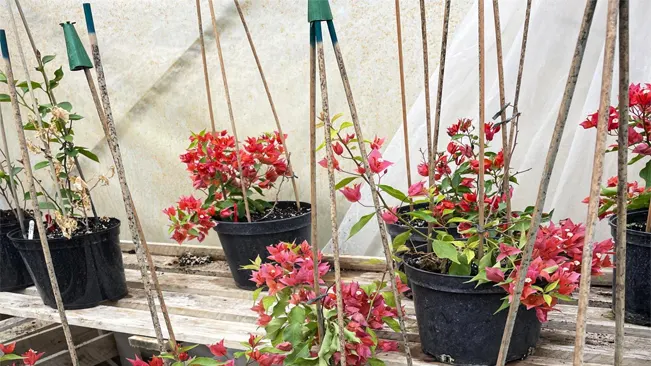
- Support Structure: Bougainvillea can be trained to grow on various structures like trellises, arbors, fences, or walls. The support should be sturdy enough to handle the weight of the plant as it grows.
- Initial Training: When you first plant bougainvillea, guide the young stems towards the support structure. You can loosely tie the stems to the structure with soft plant ties or twine. Avoid using wire or anything that might cut into the stems as they grow.
- Encouraging Climbing: As the plant grows, continue to tie new growth to the support. You can also weave the branches through trellis openings to encourage horizontal growth, which often leads to more blooms.
- Training as a Tree or Shrub: If you’re not training your bougainvillea to climb, you can prune it to form a shrub or small tree. This involves selecting a few main branches and removing the rest at the base. Continue to shape the plant as it grows.
- Training in Pots: If your bougainvillea is in a pot, you can train it to grow up a small trellis or stake within the pot. This is often done for decorative purposes and to keep the plant manageable.
Pest and Disease Management
Pest Management
- Aphids: These small, sap-sucking insects can cause the leaves to curl and distort. Aphids also excrete a sticky substance known as honeydew, which can lead to sooty mold. To manage aphids, you can use insecticidal soaps or neem oil. In many cases, a strong jet of water can be enough to dislodge them from the plant.
- Caterpillars: Caterpillars can chew on the leaves, causing significant damage. Regular inspection of the plants and handpicking the caterpillars can be effective for small infestations. For larger problems, bacillus thuringiensis (Bt), a natural bacterial toxin, can be used as a safe and effective treatment.
Disease Management
- Fungal Diseases: Common fungal issues include root rot, leaf spot, and powdery mildew. These diseases are often promoted by excessive moisture and poor air circulation.
- Root Rot: Typically caused by overwatering, ensure that your bougainvillea has well-draining soil and that you allow the soil to dry out between waterings.
- Leaf Spot: This can manifest as spots on the leaves and is often a result of water lingering on the foliage. To prevent this, water your bougainvillea at the base and avoid overhead watering.
- Powdery Mildew: Appears as a white powdery substance on leaves, often in humid conditions. Increase air circulation around your plant and consider a fungicide if necessary.
Conclusion
Planting bougainvillea can be a rewarding experience, adding a burst of color to your garden. With proper care and attention, these hardy plants will provide vibrant blooms for many years. Embrace the joy of gardening and enjoy the beauty of bougainvillea in your outdoor space.
FAQs (Frequently Asked Questions)
- What is the best time of year to plant bougainvillea?
- The ideal time to plant bougainvillea is in the spring or early summer when the weather is warm and stable.
- The ideal time to plant bougainvillea is in the spring or early summer when the weather is warm and stable.
- How much sunlight does bougainvillea need?
- Bougainvillea requires at least 6 hours of direct sunlight daily to thrive and produce vibrant blooms.
- Bougainvillea requires at least 6 hours of direct sunlight daily to thrive and produce vibrant blooms.
- What type of soil is suitable for bougainvillea?
- Bougainvillea prefers well-drained, slightly acidic soil with a pH between 5.5 and 6.5.
- Bougainvillea prefers well-drained, slightly acidic soil with a pH between 5.5 and 6.5.
- How often should I water my bougainvillea plant?
- Water deeply but infrequently, allowing the soil to dry out between waterings. Overwatering can lead to root rot.
- Water deeply but infrequently, allowing the soil to dry out between waterings. Overwatering can lead to root rot.
- Do I need to fertilize my bougainvillea, and if so, how often?
- Yes, use a balanced, slow-release fertilizer during the growing season, typically every 4-6 weeks.
- Yes, use a balanced, slow-release fertilizer during the growing season, typically every 4-6 weeks.
- How do I prune a bougainvillea plant?
- Prune in early spring to shape the plant and remove dead or overcrowded branches. This helps promote more blooms.
- Prune in early spring to shape the plant and remove dead or overcrowded branches. This helps promote more blooms.
- Can bougainvillea be grown in pots?
- Yes, bougainvillea can be grown in pots using high-quality potting soil. Ensure the pot has adequate drainage.
- Yes, bougainvillea can be grown in pots using high-quality potting soil. Ensure the pot has adequate drainage.
- How can I encourage more blooms on my bougainvillea?
- Ensure adequate sunlight, proper watering, and regular fertilization. Additionally, allow the plant to experience dry periods between watering.
- Ensure adequate sunlight, proper watering, and regular fertilization. Additionally, allow the plant to experience dry periods between watering.
- What are common pests or diseases that affect bougainvillea?
- Aphids, caterpillars, and fungal diseases are common. Manage pests with appropriate insecticides and prevent fungal diseases by avoiding overhead watering.
- Aphids, caterpillars, and fungal diseases are common. Manage pests with appropriate insecticides and prevent fungal diseases by avoiding overhead watering.
- Is bougainvillea frost-tolerant?
- Bougainvillea is not frost-tolerant. In colder climates, it should be planted in pots and brought indoors during winter or provided with frost protection.

Kristine Moore
Forestry AuthorI'm Kristine Moore, a seasoned garden landscaping professional with over 30 years of experience. My extensive career has been dedicated to transforming outdoor spaces into stunning, sustainable landscapes. With a deep understanding of horticulture, design principles, and environmental stewardship, I have become a respected figure in the field, known for creating harmonious, visually appealing, and eco-friendly gardens. My commitment to excellence and continuous learning in landscaping trends and techniques has solidified my reputation as an expert in garden design and implementation.

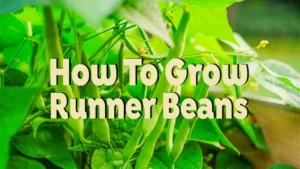


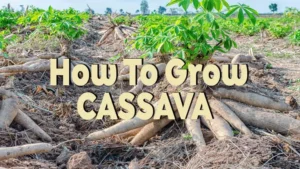



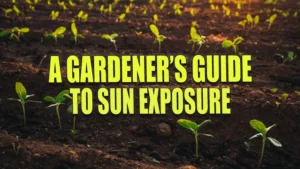
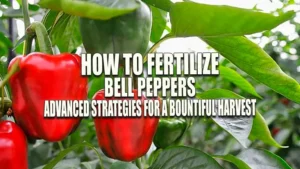

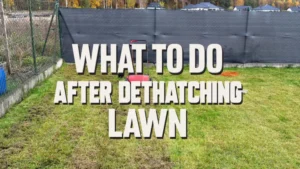

Leave your comment